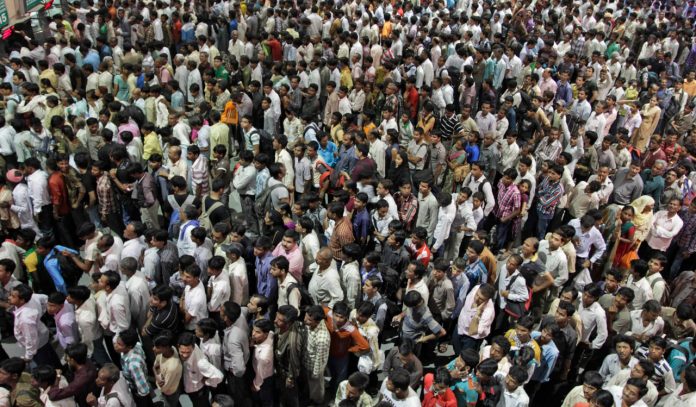India would conduct its first complete digital census in 16 years, including the contentious caste issue, the home ministry confirmed on Wednesday.
The census will be completed by 1 March 2027. The exercise, postponed from 2021 due to COVID-19 and logistical hurdles, will mobilise about 2.7 million officials to survey over 240 million households in two phases. The census will document standard demographic data, including gender, age, religion and economic activity, as well as the controversial addition of caste status for all citizens.
The exercise will formally count Other Backward Classes (OBCs) for the first time, moving beyond the post-1951 practice of enumerating only Scheduled Castes (SCs) and Scheduled Tribes (STs).
The data will recalibrate India’s welfare programmes and political representation. With India’s population now exceeding 1.4 billion, the census will inform seat redistribution in Parliament and state legislatures under the 2023 Women’s Reservation Bill, which reserves one-third of new seats for women.
Crucially, it may reignite demands to expand India’s 50% cap on reservation quotas, with 27% reserved for OBCs. Union Minister Ashwini Vaishnaw framed the move as a commitment to “values and interests of society,” while Home Minister Amit Shah termed it “historic” for empowering marginalised communities.
The decision represents a stark reversal for Prime Minister Narendra Modi’s Bharatiya Janata Party (BJP), which had long resisted caste enumeration, warning it could fuel social unrest. As recently as 2021, Minister of State for Home Affairs Nityanand Rai stated the government had “decided as a matter of policy not to enumerate caste-wise populations” beyond SCs/STs.
The timing precedes the crucial elections in Bihar, India’s poorest state where caste dominates electoral calculus. Bihar’s 2023 state-level caste survey revealed OBCs and Extremely Backward Classes constitute 63% of its population, catalysing demands for proportional reservations.
However, the census faces formidable challenges, as classifying India’s over 4,000 castes ballooned to 4.6 million self-reported identities in 2011. As Poonam Muttreja of the Population Foundation of India noted, the census will expose “intersectional disparities” where caste overlaps with gender, region, and class, enabling transformative policies for the world’s largest democracy.
